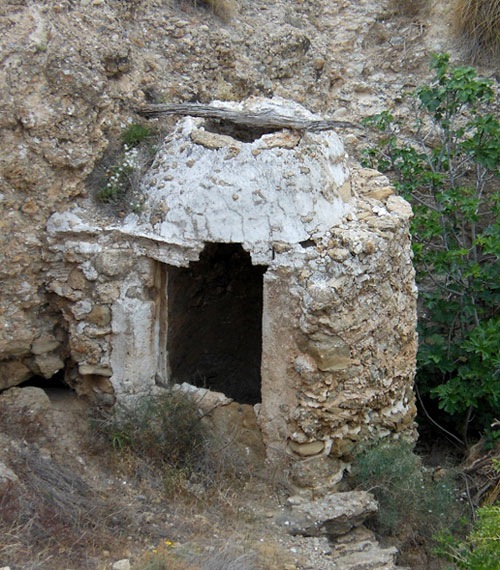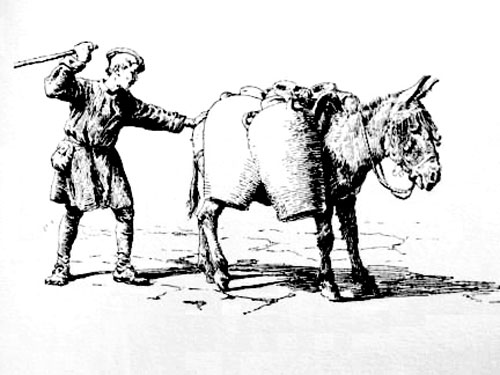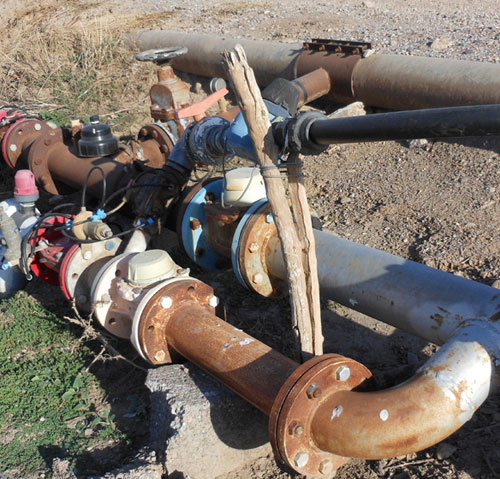
The importance of water
Volume Three of Then, There Were Mines examines the importance of water in this arid, semi-desert region of Spain. How it was harvested to feed the mining industry’s growing thirst, how the Americans depleted supplies, and its importance to the local economy.
What does this book cover?
This volume is divided into four chapters.

Chapter One: Water, But Not Enough to Drink.
As the mines developed the few existing wells were unable to cope with the demand, so to feed the thirsty steam engines water storage systems were built and new wells sunk. The toxic, thermal water pumped out of the mines contaminated the new wells and threatened to do the same to the old ones. What was to be done?

Chapter Two: Aljibes. A Centuries Old Solution.
To us, the concept of harvesting rainwater for human consumption might be alien, but for a country with a Moorish past, it is a tradition as old as the hills. Often found in the most unlikely places, the many aljibes in the Sierra demonstrate how rainwater can be collected, filtered and stored.
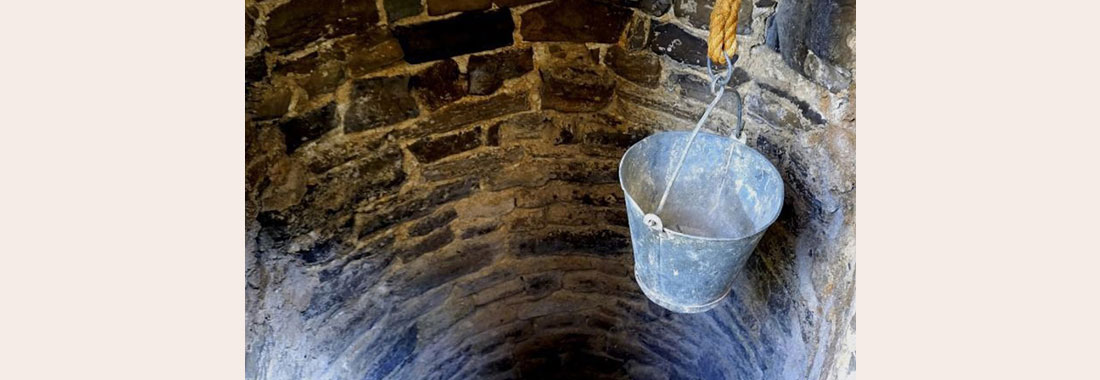
Chapter Three: To Fetch a Pail of Water.
A look at the wells and animal powered ‘norias de sangre’, water lifting devices, that are found at the foot of the Sierra. On to El Arteal, to see how well-water for the boilers was treated in the early 1900’s, and how MASA’s fairytale water filtration tower, built in the 1950’s, functioned. Fast forward to modern times, when the traditional acequias, or irrigation ditches, were superseded by agricultural water deposits and more recently, direct feed irrigation.
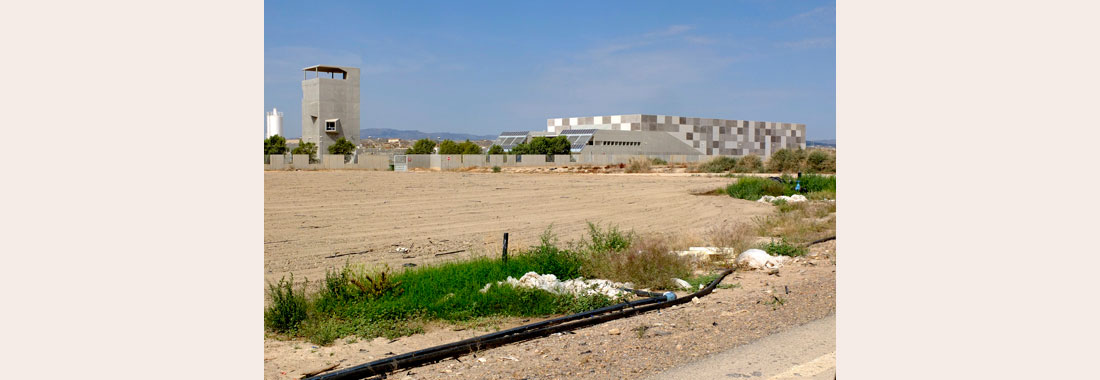
Chapter Four: Two White Elephants.
Not one, but two white elephants, two defunct desalination plants. The sorry tale of one built by the Americans, and demolished as the waves encroached. And the modern one, opened in 2011 and defunct by the end of 2012, destroyed by mighty River Almanzora in full spate. It doesn’t do to under estimate the power of water!
